A Santa Ana freight works upgrade on the eastbound main at Summit, Calif., on Cajon Pass on Dec. 28, 1940. Edwin A. Vail photo […]
Fast freight
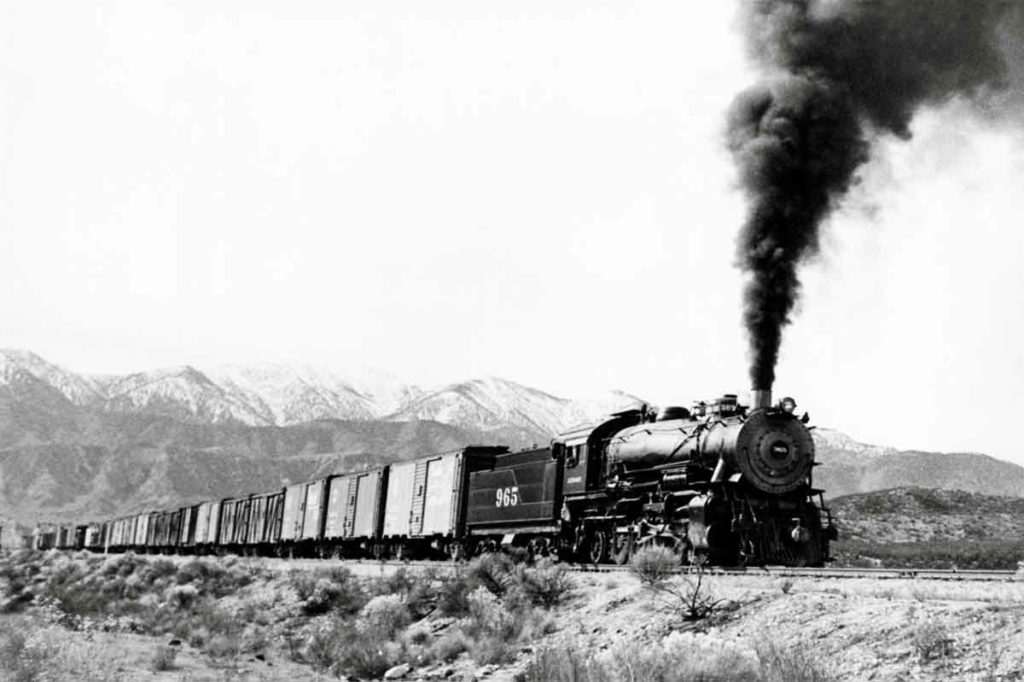
Action may be required on your Trains.com account in order to continue accessing content. Click here to learn more.

A Santa Ana freight works upgrade on the eastbound main at Summit, Calif., on Cajon Pass on Dec. 28, 1940. Edwin A. Vail photo […]
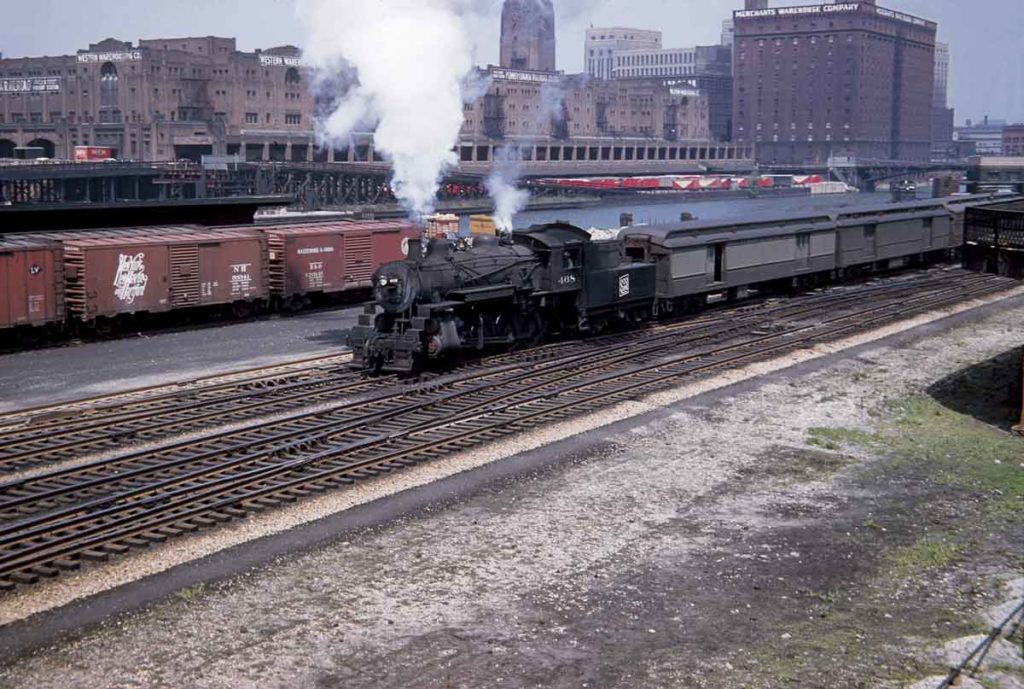
Seen from the Roosevelt Road viaduct, Soo Line 2-8-0 No. 468 pulls out of Grand Central Station with a transfer run in June 1953. Directly above the engine, across the Chicago River, is the Pennsylvania Railroad’s massive Polk Street freight house. Robert R. Malinoski photo […]
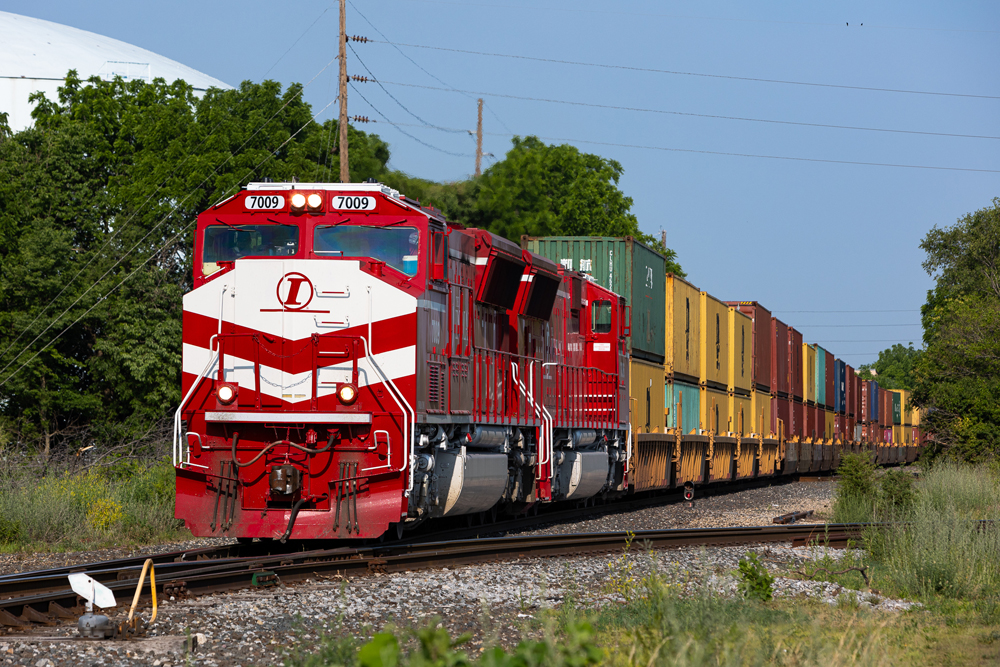
Intermodal equipment If you’re trackside, odds are you’re going to see an intermodal train. Intermodal made up 49% of the 34 million units of freight carried by U.S. railroads last year, more than four times higher than coal, the next largest commodity. Odds are that intermodal train will mostly have railcars owned by TTX, a […]

Chesapeake & Ohio’s George Washington roars through Mayville, Ky., in an undated photo. No. 491 was an F-19 class 4-6-2 built by Richmond and later rebuilt as a 4-6-4. Lucius Beebe photo […]
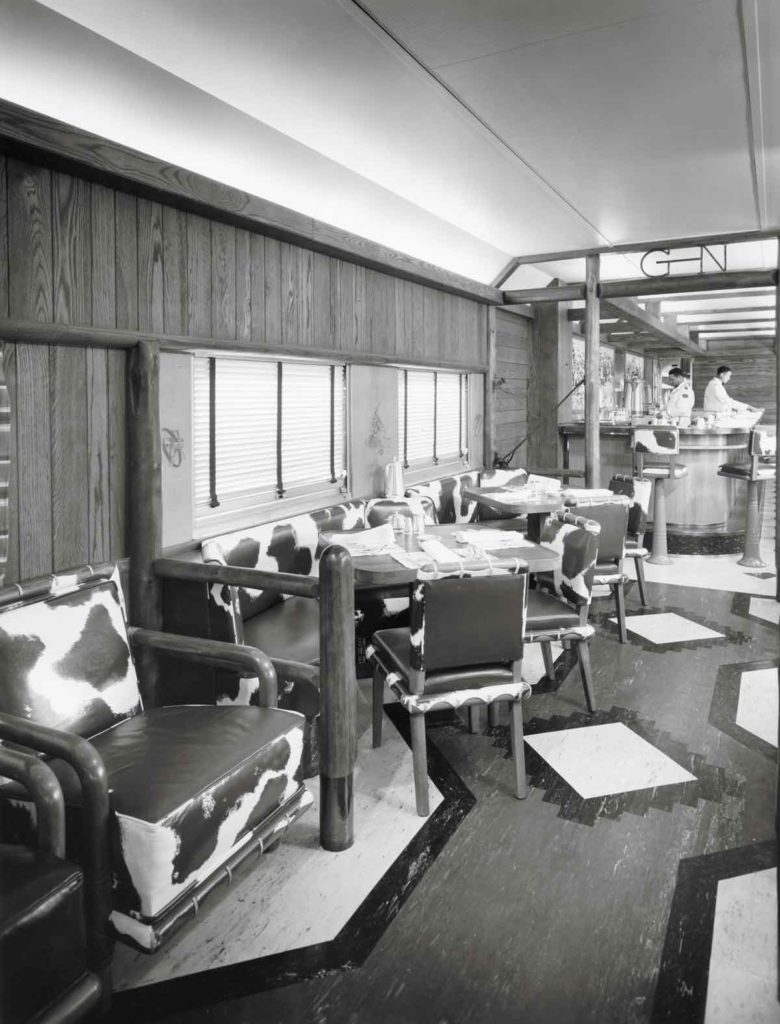
The 1951 Empire Builder’s “G-bar-N” lounge car featured bovine-themed seat upholstery. Great Northern photo […]
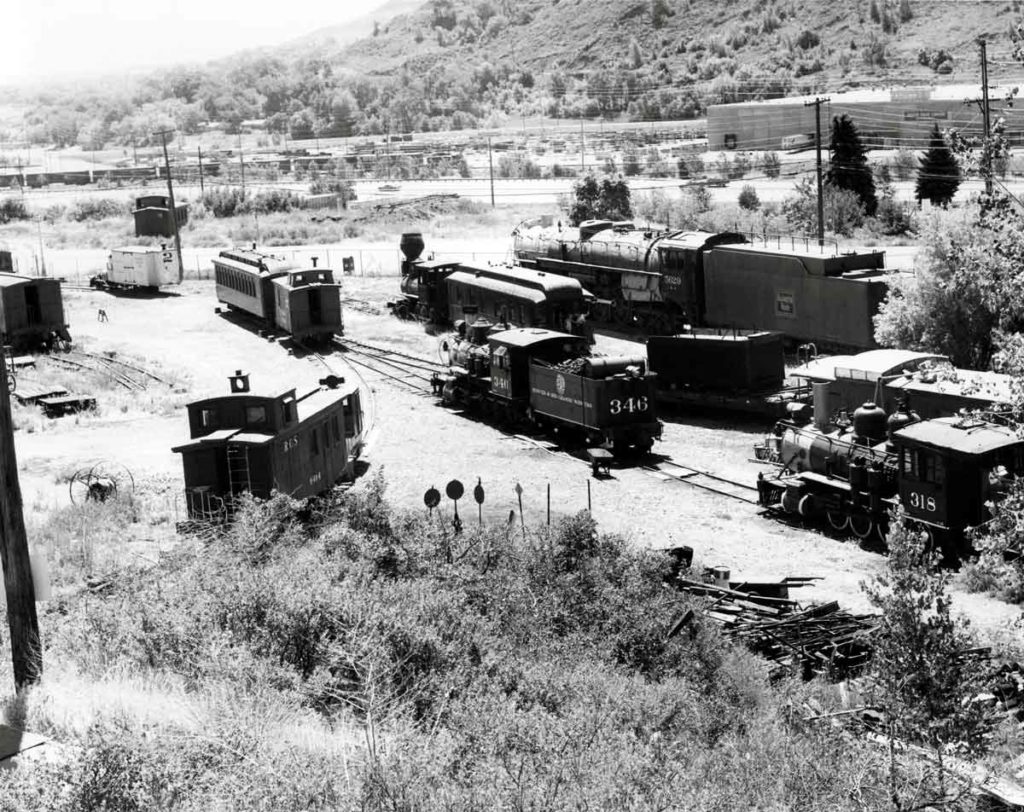
Rolling stock of the Colorado Railroad Museum huddles on a few tracks in Golden. A Galloping Goose is visible at far left along with a selection of narrow gauge steam and Burlington Route 4-8-4 No. 5629. Across the street is the Coors brewery. Classic Trains collection […]
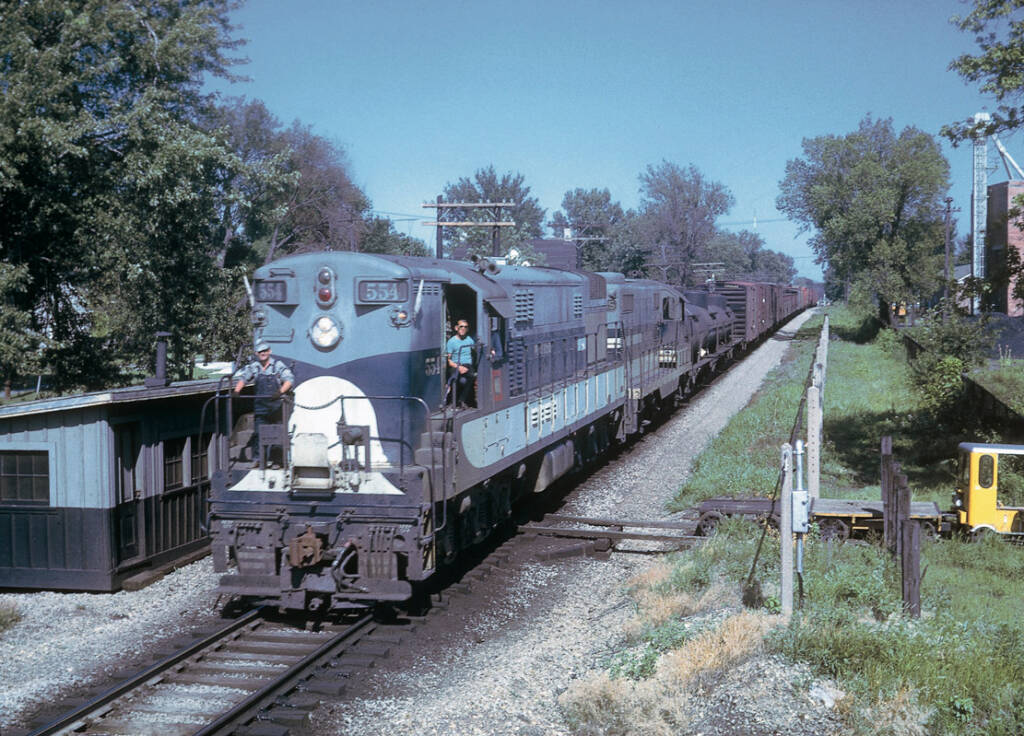
The Train Master diesel locomotive holds a unique spot in history. At its introduction in 1953, it was simply a logical extension of Fairbanks-Morse’s locomotive line, yet the Beloit (Wis.) builder recognized that what Trains Editor David P Morgan termed the “fat, robust, gadget-packed 2,400 hp six-motor hood unit” could become something special. Which it […]
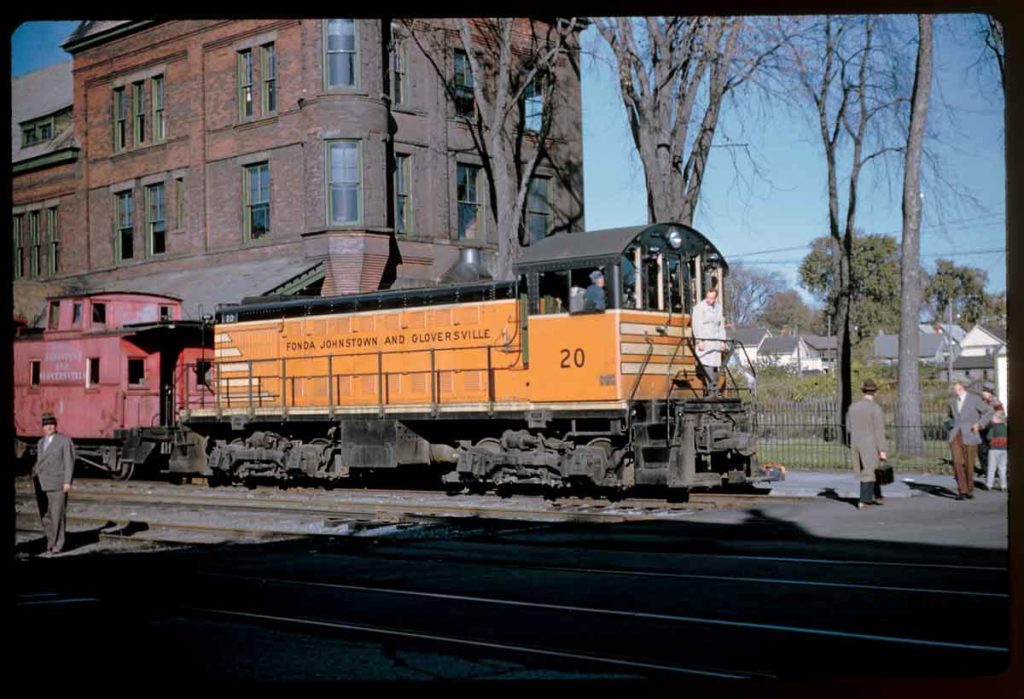
A Fonda, Johnstown & Gloversville fan trip pauses in front of the Gloversville, N.Y., headquarters building. The fine October 1950 day made for great roster photos of S2 diesel No. 20 (Alco, 1945). Cabooses 1 and 2 and combine 21 made up the rest of the train. Edward Theisinger photo […]

The 1947 Empire Builder, its E7s already in their second livery, poses for a publicity photo in western Montana. In the distance, a freight waits to follow. Great Northern photo […]
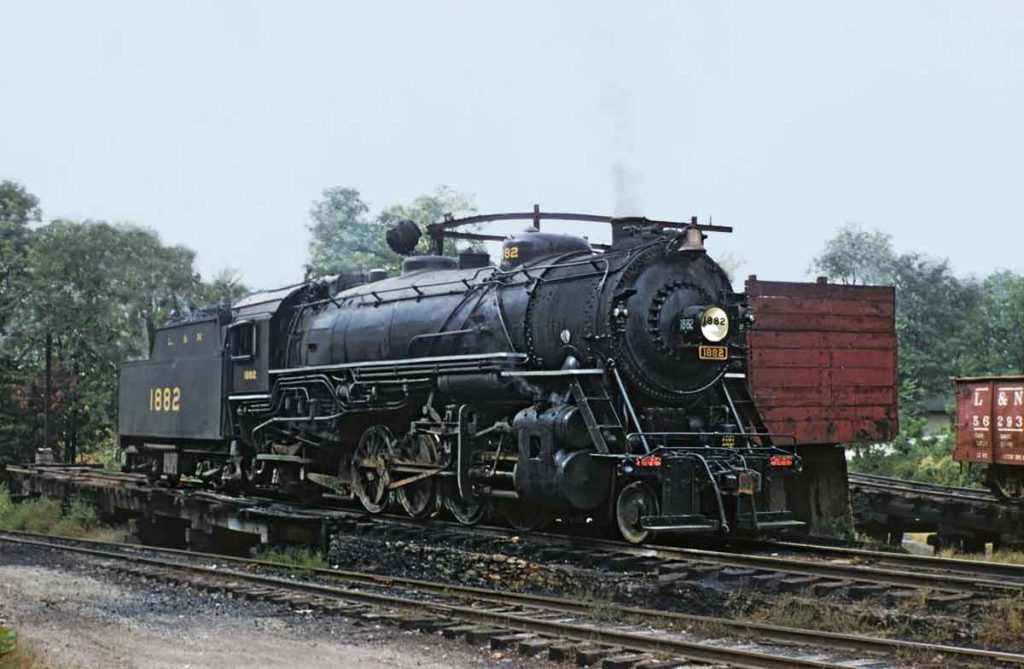
Louisville & Nashville J-4 class 2-8-2 No. 1882 rests at Carrolton, Ky., in 1956. Charles B. Castner photo […]
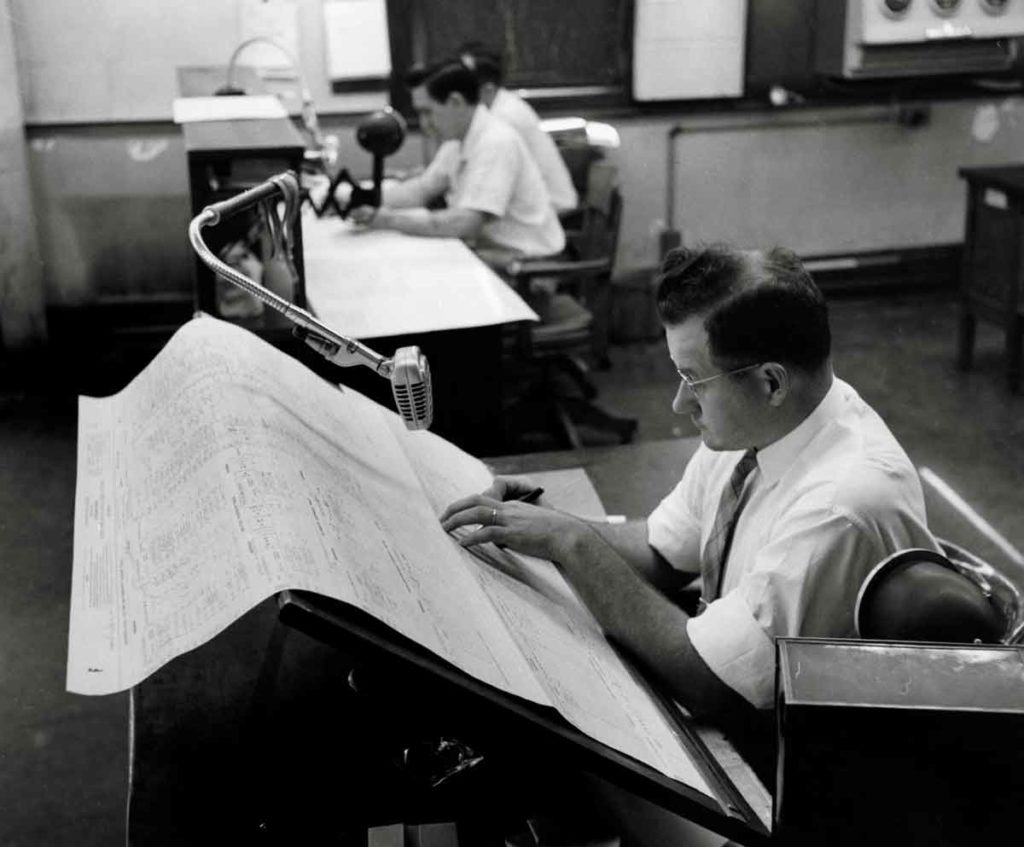
At the Pennsylvania Railroad’s Pittsburgh Region desk F (foreground), the dispatcher for the Esplen (south end of the Ohio Connecting Bridge)–Brownsville, Pa., line works with a new style of trainsheet, while his colleague on desk I, Pittsburgh–Gould Tunnel, Ohio, uses the standard type in 1956. Philip R. Hastings photo […]
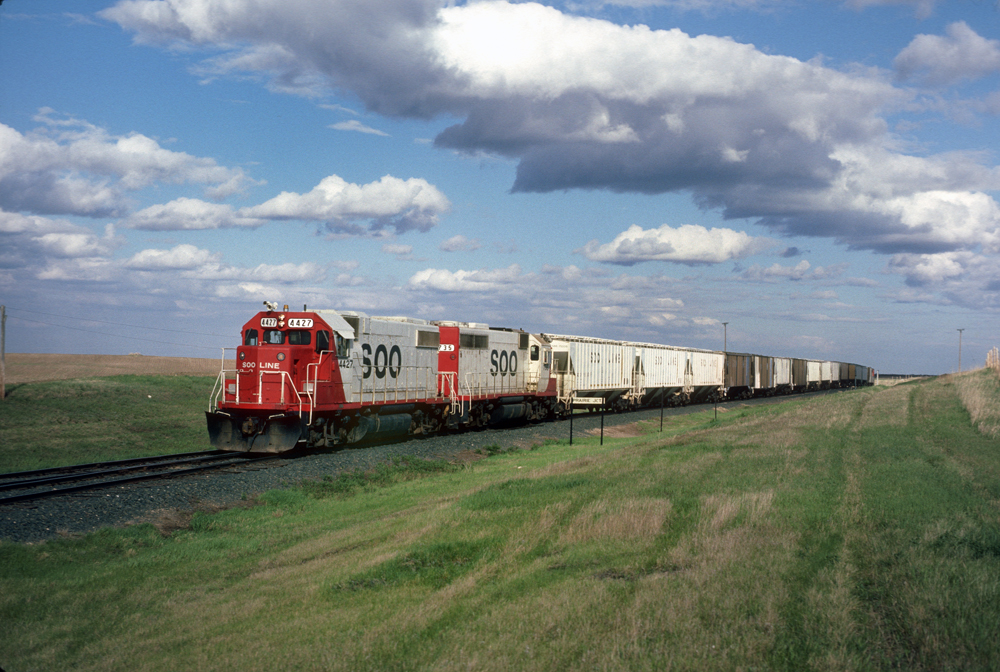
Freight paint schemes When public image was a big deal for railroads, many of them went out of their way to put together great looking freight locomotive paint schemes. Passenger locomotives were an obvious choice, but for many, just as much care went into a suitable freight scheme After all, a train stopping traffic at […]